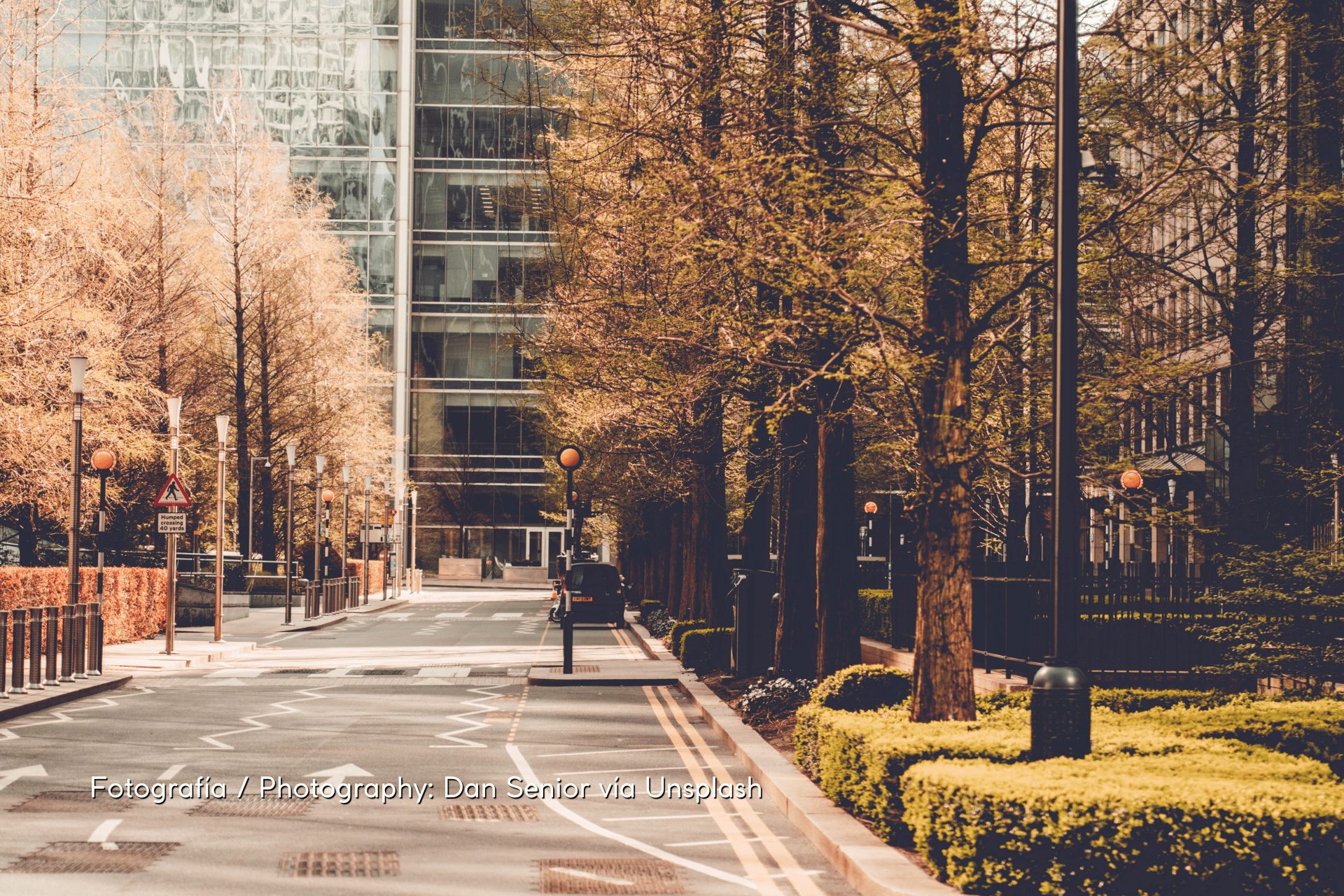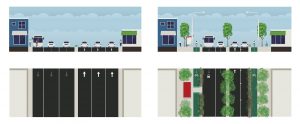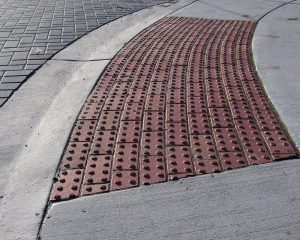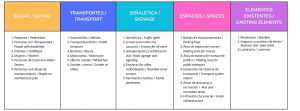
Complete Streets and the transit rights of human beings
Alejandra Roldán talks to us about the urban concept of “Complete Streets” and the transit rights of human beings
The current situation of living and transiting the cities has led to the creation of alternatives and the consideration of transforming spaces, roadways, streets, and access points in the urban environment. In the same way, the importance of having transit rights for the people that live in a big or small metropolis has been proposed.
When we move through the city, the main problem or obstacle that we face is crossing the street, given that the signs and the accesses are not clear, which prioritizes the transit of vehicles. In the same way, it is necessary to delimitate spaces for the various modes of transportation, since the lack of these leads to chaos and transit accidents, therefore, designating specialized areas without interrupting the traffic flow generates time, safety and economic solutions.
The Complete Streets are the streets designed or redesigned that raise an approach of accessibility for all, having security and ease as the main fundamentals while transiting an avenue or street.
The principles that Complete Streets present take into account the right of equality, equity, and coexisting in the city, which means that they are planned so that women, children, seniors and people who have a disability, could transit the streets freely without any obstacle or impediments that could generate restlessness and insecurity.

Pavement signage.
Photography: Cottonbro studio, vía Pexels
Universal design and access are the basis for the creation of this concept given that citizens have the right to enjoy the space, which leads us to the concept of ‘‘inclusion’’. This means that for the spaces we transit to be inclusive, they need to be visible to the entire public, ensuring that no exclusion is generated.
In addition to considering various users, the Complete Streets proposal also takes into account the way they are transported. Bicycles, cars, motorcycles, buses, as well as the various transportation systems a city has, are essential factors in the planning of streets and cities that are based on this concept.
“The Complete Streets are the streets designed or redesigned that raise an approach of accessibility for all, having security and ease as the main fundamentals while transiting an avenue or street.”
Moreover, the recreation, rest, contemplation, and enjoyment rights of green areas, just as nature, are other aspects that constitute this proposal, because under an urban environment, it is necessary to realize these activities to improve the lifestyle, health, and of course mitigate the climate change and reduce the environmental impact.

Pavement signage.
Photography: Cottonbro studio, vía Pexels
Landscape practices are also crucial in this context. Consequently, the installation of green infrastructure is indispensable. For example, planting large species in the tree canopy, making them easy to spot and serving as focal points for indicating directions or significant intersections.
Also, color, smell and texture are characteristics of plants that we can take advantage of so that people with certain disabilities can easily locate important areas in a public space.
Concerning green infrastructure on streets, the utilization of rainwater and hydric resources in conjunction with vegetation generate ecosystem benefits on streets, mitigating the environmental impact that concrete pavement creates, collaborating with the microclimate creation, attracting wildlife and pollinators, which contributes to the improvement of people’s mental health since they are in contact with nature. The rain gardens are a great option for landscaping issues on the design of these streets.

Change in the texture of the pavement.
Photography: Richard Dr. Dul vía Flickr, Creative Commons 2.0
Below a classification approach is presented to order and to ubicate the indispensable elements for the Complete Streets. The prioritization of safety and inclusion, are the two key factors for the design of streets and roadways based on Complete Streets.
Several North American and European cities have applied the concept; however, to begin implementing them in any metropolis, an urban analysis is required first to understand the city’s functionality and gradually implement the strategies.

Approach chart for elements order and ubication.
Illustration: Alejandra Roldán
Bibliography:
- David Lovato. ‘’You Spoke, We Listened. Complete Streets Survey Results.’’ Valley Transportation Authority. https://www.vta.org/blog/you-spoke-we-listened-complete-streets-survey-results (Consultado el 25-10-2023)
- Institute for Transportation and Development Policy. ‘’Complete Streets. Design Workbook’’. ITDP. https://smartnet.niua.org/sites/default/files/resources/4-complete-streets-design-workbook.pdf (Consultado el 25-10-2023)
- Instituto de Accesibilidad. ‘’ACCESIBILIDAD EN COMPLETE STREETS, ENFOCÁNDOSE EN EL DISEÑO UNIVERSAL’’. Instituto de Accesibilidad.https://institutodeaccesibilidad.com/complete-streets-diseno-universal-accesibilidad/ (Consultado el 25-10-2023)
- National Association of City Transportation Officials. ‘’Complete Streets are Green Streets.’’ NACTO.https://nacto.org/publication/urban-street-stormwater-guide/streets-are-ecosystems/complete-streets-green-streets/ (Consultado el 25-10-2023)
- Ohio, Department of Health. ‘’Complete Streets. Fact Sheet.’’ Ohio, Department of Health. https://cms2.revize.com/revize/athenscch/Complete%20Streets%20Fact%20Sheet.pdf (Consultado el 25-10-2023)
- Smart Growth America. ‘’Complete Streets.’’ National Complete Streets Coalition.https://smartgrowthamerica.org/what-are-complete-streets/ (Consultado el 25-10-2023)
- The Maryland-National Capital Park and Planning Commission. ‘’Complete Streets Design Guide’’. Montgomery Planning. https://montgomeryplanning.org/planning/transportation/complete-streets/ (Consultado el 25-10-2023)
- Wisconsin Bike Fed. ‘’Complete Streets.’’ Wisconsin Bike Fed.https://wisconsinbikefed.org/what-we-do/advocacy/milwaukee-complete-streets-for-all/ (Consultado el 25-10-2023)











